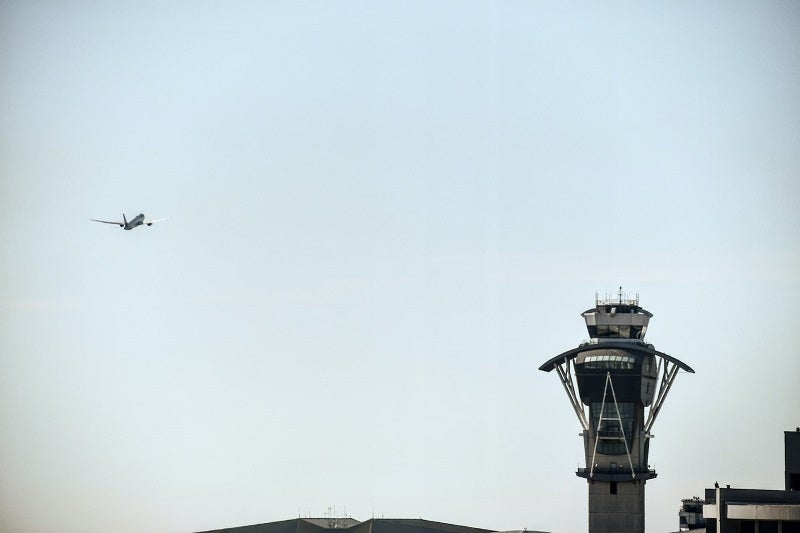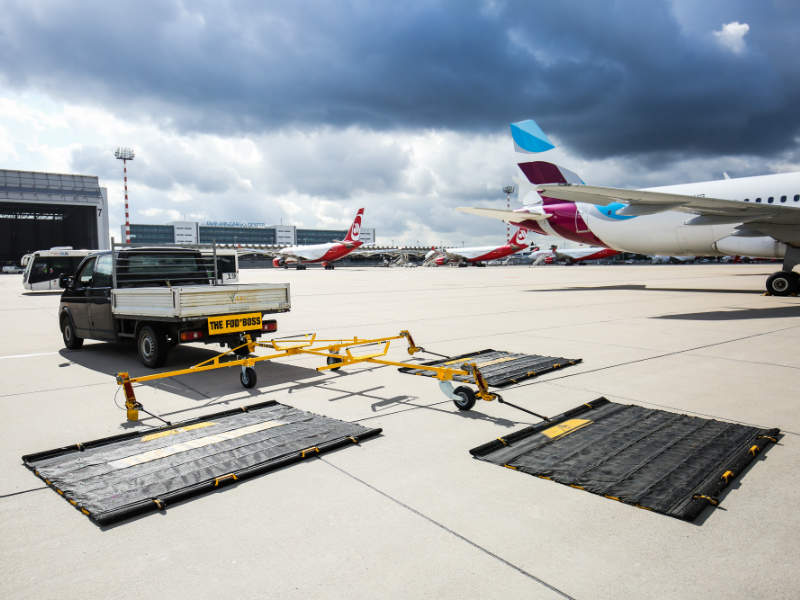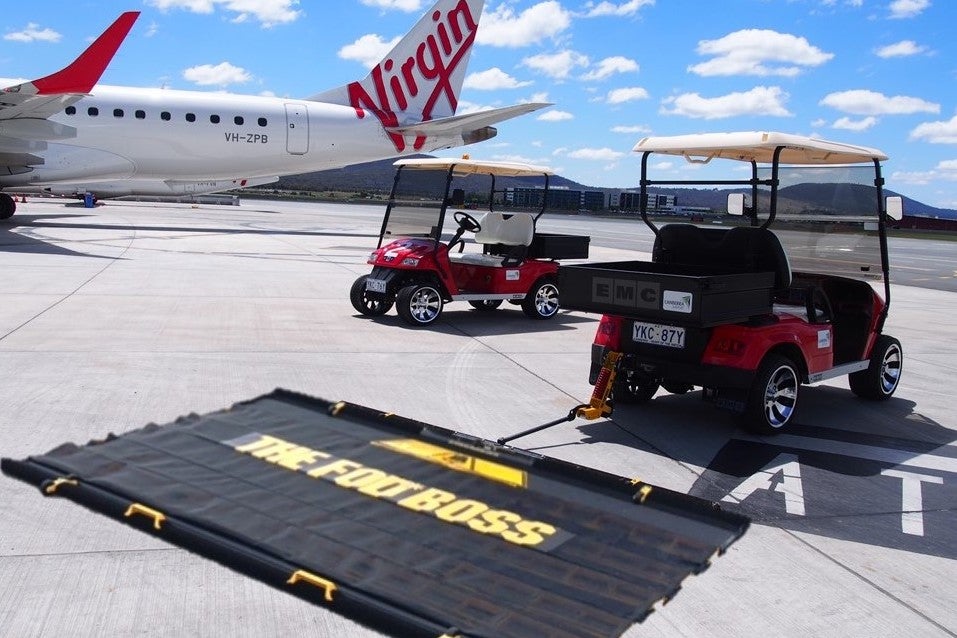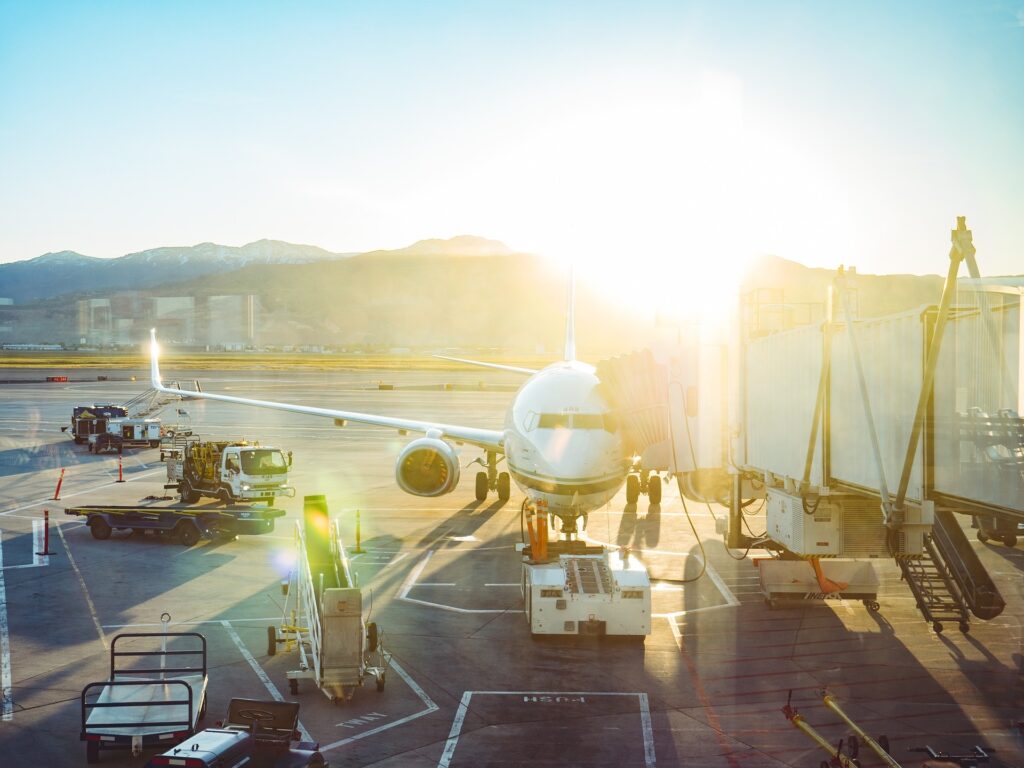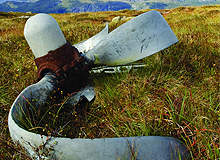
In the arena of runway safety management, there is an emphasis on runway excursions, particularly after the Air India Express accident in May, when the aircraft overran the runway at Mangalore Airport. However, FOD damage remains one of the greatest risks to aircraft safety, and airlines and airports know they must take steps to control it.
The prime driver is safety, with FOD having been thrust into the spotlight in 2000, when an Air France Concorde crashed at Charles de Gaulle International Airport having struck a piece of titanium debris on the runway, killing 113 people.
A secondary motivation for controlling FOD is cost. Estimates from National Aerospace FOD Prevention Inc (NAFPI) suggest the global airline industry incurs $4 billion in costs from debris damage and delays caused by FOD. Other estimates put the figure much higher at around $12 billion.
“FOD and wildlife management are the main issues for us; we have an automated detection system to augment our visual inspection and identify foreign objects on the runway,” says Brett Patterson, director of airside operations at Vancouver International Airport (YVR).
Canada’s second busiest airport, Vancouver International, handled over 16 million passenger movements last year and saw 258,000 aircraft take-offs and landings. Over the years passenger numbers, and therefore the number of flights, have risen dramatically, but the airport has had very few incidents of FOD.
See Also:
“We usually do four daily runway inspections every six hours, in line with ICAO recommendations. Still, you are only on the runway for 1% of operational time,” says Patterson.
How well do you really know your competitors?
Access the most comprehensive Company Profiles on the market, powered by GlobalData. Save hours of research. Gain competitive edge.

Thank you!
Your download email will arrive shortly
Not ready to buy yet? Download a free sample
We are confident about the unique quality of our Company Profiles. However, we want you to make the most beneficial decision for your business, so we offer a free sample that you can download by submitting the below form
By GlobalData“We’ve had a couple of major incidents. Once, the engine cowling from an A330 fell on the runway at night, just after an inspection. The second instance was when a pogo stick from the back end of a Dash 8 lay on the runway. Eight or ten aircraft used the runway before it was noticed. These events motivated us to augment the visual checks,” he adds.
In 2007, the airport began using the Tarsier runway debris detection radar system, developed after the Concorde crash in Paris. Initially, four Tarsier units covered the north and south parallel runways. The system uses a highresolution millimeter wave radar to detect small hazards on the runway, with an accuracy of 3m at a range of up to 2km, and can detect materials including metal, plastic, glass, wood, fibre glass and animal remains.
Dynamic monitoring
Developed by UK-based company QinetiQ, the Tarsier system was trialed at YVR for one week in summer 2004. It helped the airport to detect and clear instances of FOD in less than five minutes. YVR bought the system in 2005, and it went live the following year.
Since installing the system, YVR has added further enhancements to its runway monitoring. It became the first commercial airport to install day and night cameras to the existing radar technology, enabling its detection system to provide visual confirmation of debris detection at any time of day, regardless of the weather.
The cameras, also provided by QinetiQ, include an innovative illuminator, which helps operators to identify debris with greater certainty, even in low-light conditions.
“If you detect FOD at the departing end of the runway where it would not endanger aircraft much, you may not need to re-route incoming aircraft. Also, you can tell whether the foreign object is a food source for birds, creating greater risk,” observes Patterson.
“Safety is priority, but if you can have greater efficiency at the same time, you have a win-win situation. If, during congestion, we can have uninterrupted use of the runway, then there is a cost saving. We are better positioned to make risk-management decisions,” he adds.
Since the enhanced system went into operation, YVR operators have seen more FOD than they previously thought existed. But the ability to not only precisely locate a 2-inch piece of debris on a runway, but also to determine whether it poses a risk to aircraft, means the airport can minimise the risk of FOD.
The four Tarsier radar and camera units at YVR are mounted on towers, varying in height from 3m to 7m, and are set back 150m from the centre of the runway for maximum coverage, sweeping the runways every minute.
“The system is like a fire alarm and is calibrated for a two-inch bolt anywhere on the runway. If it detects an object, it alerts us with audible and visual alarms.
The operator can then look with high-powered cameras at precise GPS coordinates to focus on the FOD,” Patterson explains.
“Those coordinates can be exported to the responding vehicle, giving us a huge saving compared with visual spotting. The location is more precise, so there are no more fishing expeditions to find the FOD. A year ago, we picked up a grounding wire from a fuel hydrant cart. It was a 40-inch steel cable lying right across the runway. We saw it straight away and cleared it before it affected any aircraft. The system has helped us identify FOD and the sources of FOD.”



